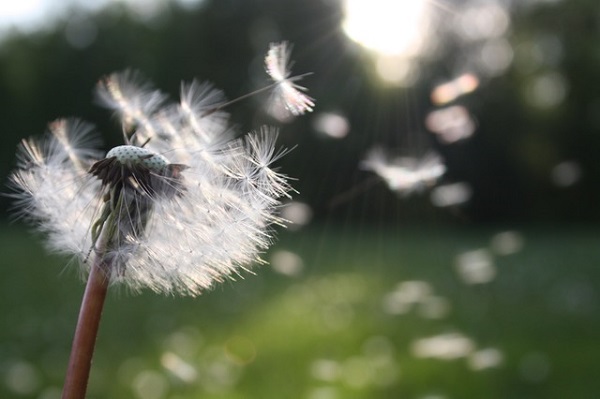
0800 377 7507
Get in touchTop Tips for hayfever sufferers
Spring, although bright and beautiful, can wreak havoc for those who suffer from a variety of symptoms caused by tree or grass pollen called hayfever or seasonal allergic rhinitis. Runny noses, sore or stinging eyes, sneezing and an itchy dry cough can all be amongst the symptoms experienced. The house cleaning experts, MOLLY MAID, explain more about the specific pollens and what you can do to help cope with the symptoms.
Tree pollen and Hay Fever
For most people in the UK grass pollen is the key trigger for their hay fever. However, if you suffer from hay fever symptoms earlier in the year, it could be that you’re one of a significant number of people who are allergic to tree pollen (often at its height between March and May). The trees most likely to release pollen:
- Birch, alder, elm, hazel, yew and horse chestnut.
Birch tree pollen counts will be at their highest on dry, warm days, especially if there’s a breeze over areas wooded with birch trees. If you are allergic to birch pollen, you may also react to celery, raw tomato, raw carrots, apples and pears.
Once the birch tree pollen season is over, the oak tree pollen season begins. This is usually towards the end of April and early May. More people are allergic to birch pollen rather than oak pollen.
Grass Pollen
In the UK, the large majority (95%) of hay fever sufferers are allergic to grass pollen. If you do suffer from grass pollen, you’re likely to experience your worst symptoms in high summer, starting as early as May and going through to July.
Top tips
Irrespective of whether you are allergic to grass pollen or to tree pollen, all the same tactics apply for managing your hay fever symptoms.
- Keep an eye on the pollen count and try to stay inside on the worst days.
- If you must go outside, keep the car windows closed and wear wraparound sunglasses.
- Keep windows in the house closed on the high pollen count days.
- Clean regularly and effectively can also reduce exposure to pollen. There are cleaning products available that will safely remove lingering pollen, some of which are non-toxic and free from perfumes and irritating additives.
- Use a leakage free vacuum with an HEPA (high efficiency particulate air) filter to clean carpets and upholstery.
- Have a shower before going to bed to avoid pollen being transferred onto bedsheets.
- Wash clothes if you have been outdoors on a pollen heavy day to prevent the spread of pollen indoors.
- Try natural barrier balms applied to the base of the nose and around the eyes throughout the day as this can help to trap some pollen, before it enters the body. The stickier the balm, the more pollen it will trap.
- If symptoms are severe, it’s always a good idea to consult your doctor, pharmacist or about ways to manage the worst symptoms as they may suggest medication.
